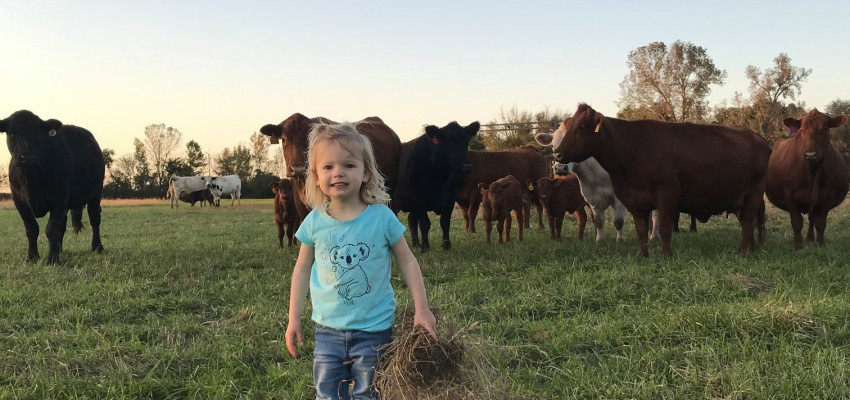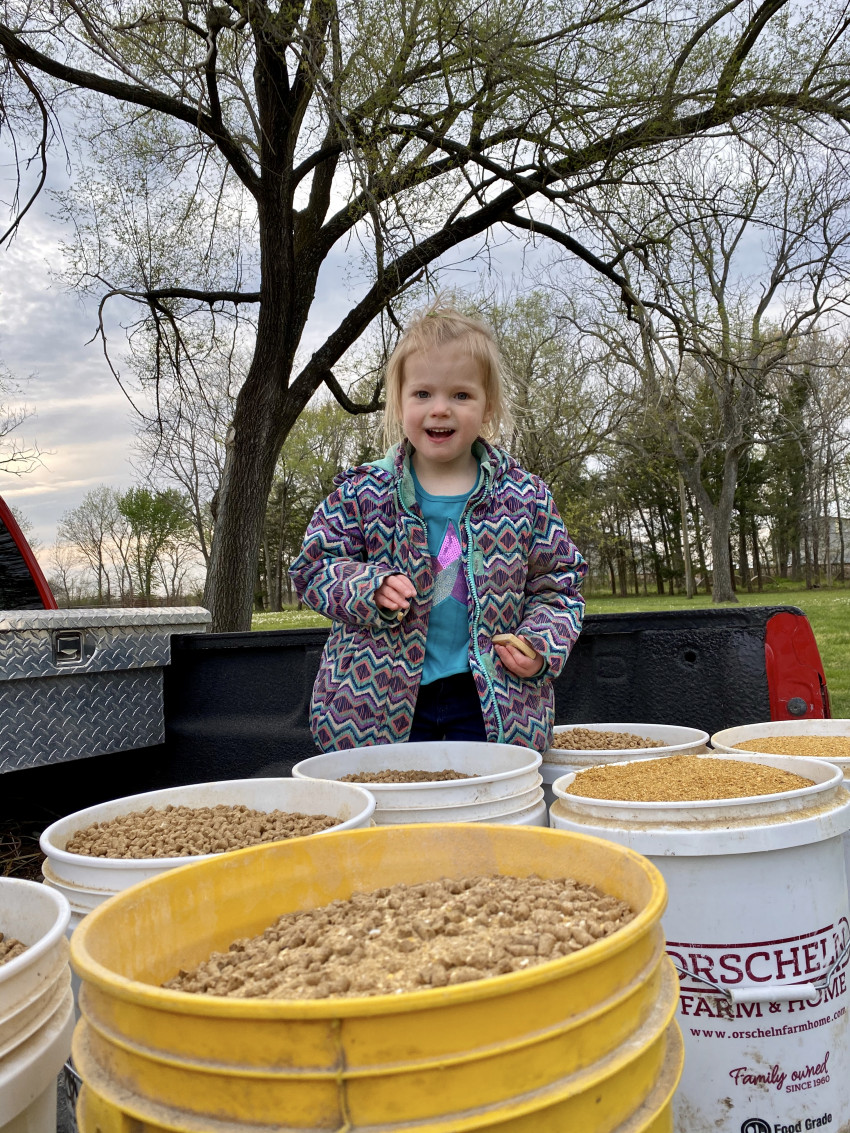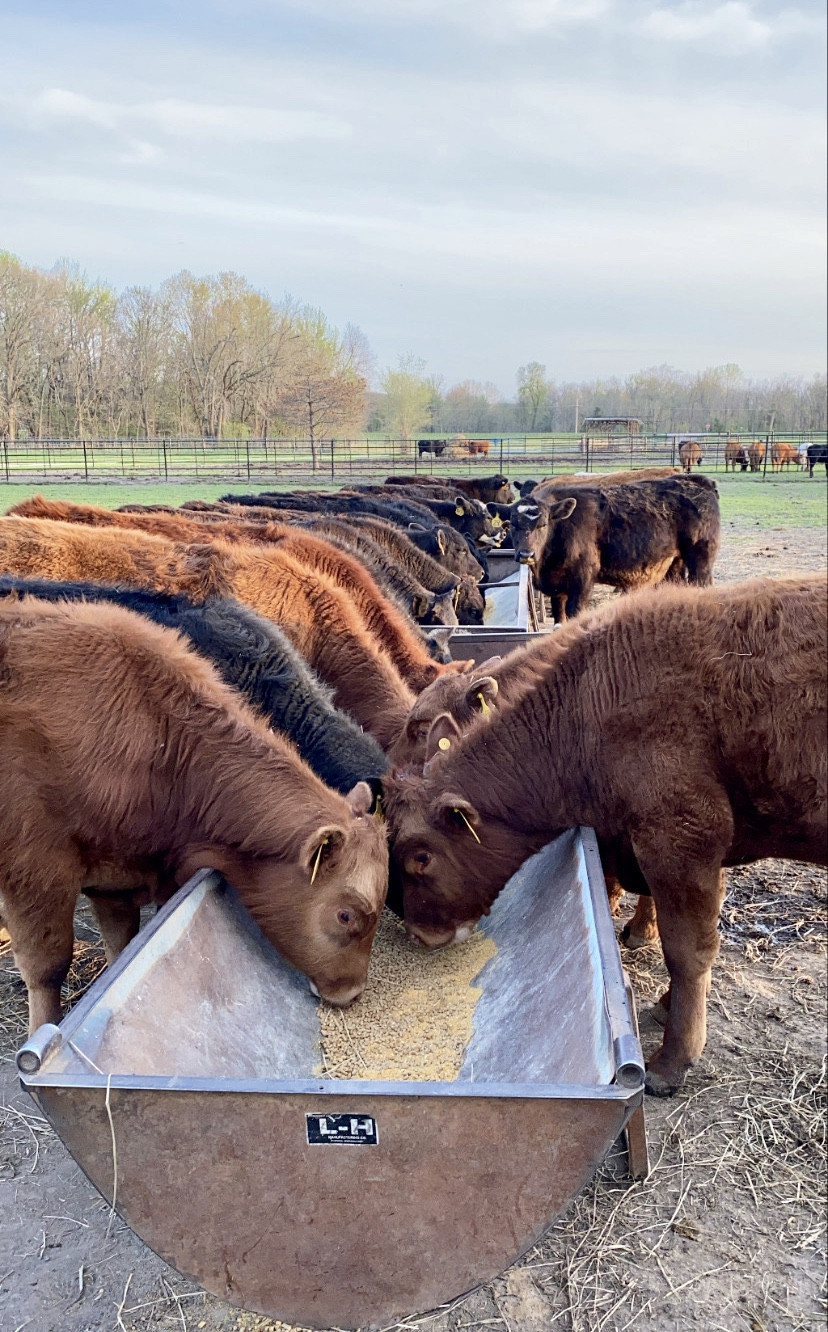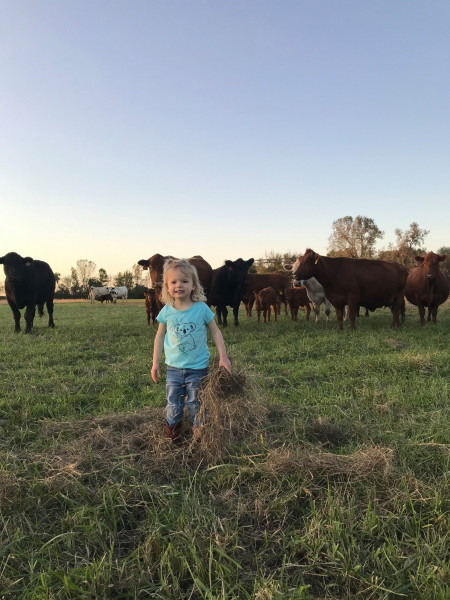By Brandi Buzzard on April 16, 2020
How COVID-19 is Affecting Cattle Farmers and Ranchers

A lot can change in just a few short weeks. A month ago, our nation’s citizens were flitting about to school functions, filling restaurants and were cautiously unfazed by COVID-19. Fast-forward to mid-April and the entire nation is under stay-at-home-orders, restaurants are shuttered and there is a semi-panic in most cities.
While life in many big cities is dramatically altered right now, things out here in the country are relatively the same. Fortunately, we can be outside for several hours per day, which is a welcome reprieve that I realize not all are able to do.
We continue to do our chores and care for our land and livestock, however, there are some challenges to raising cattle in light of the pandemic.
Cattle don’t magically turn into steaks and roasts with the snap of a finger.
There are highly technological facilities that harvest animals and process them into retail cuts of meat. Unfortunately, several of the facilities that process beef cattle have been closed due to extended cleaning procedures and/or numerous employees contracting COVID-19.
Due to employee shortages, plants are closing or operating at half capacity. If there are no facilities to process cattle into beef, retail cuts like steaks and roasts can’t arrive to grocery stores.
Additionally, because some facilities are temporarily closed, there is a shortage of harvest spaces for cattle to be processed into beef.
And even though the number of cattle ready for harvest continues to grow, (we can’t stop feeding animals) there is a bottleneck in the supply chain .
This is causing a surplus of cattle, which leads me to challenge #2.
When there is a surplus of a good, the purchase price for the good declines. In this case, we have a surplus of cattle ready to be harvested, however there aren’t enough employees to run harvest facilities at plant capacity.
This surplus is translating to lower prices paid to farmers and ranchers for their cattle. Many farmers and ranchers rely on selling their calves as their single paycheck for the year, so when the market is yielding diminished returns, it causes distress.
Personally, we are choosing to retain our calves a bit longer than normal while we hope and pray there is a rebound soon; but there is no guarantee that will happen. Furthermore, while we wait for a market rebound, we continue to feed them.
We still have feed bills and health costs to pay for those calves while they remain in our care so as you can imagine, increased costs and decreased income is less than ideal.
While we are talking about feeding calves, let’s talk about what they eat.
After we wean our calves from their mama, we feed them a nutritionally balanced ration that includes building blocks such as protein, carbohydrates and minerals that they need in order to grow. Part of their ration is a by-product of ethanol production called distillers dried grains or DDGs. Inedible by humans, DDGs are a great source of protein for cattle and are also a very affordable ingredient in cattle diets.
Since the outbreak of COVID-19, gasoline demand is down and subsequently, so is ethanol demand, which means less ethanol is being produced. If there is no ethanol being produced, there are no DDGs available as by-products. The shortage of DDGs is forcing us to evaluate other ingredients for our cattle, which vary in availability and price.
I won’t lie; it’s a worrisome time to be a cattle rancher. The market is not projecting good tidings for our family, yet we love this lifestyle of raising cattle. We know there are other families who are dealing with much more frightening circumstances and we are very thankful for our many blessings.
We, just like the rest of America, are doing our best to make wise and healthy decisions for our family and to preserve our livelihood. We pray daily for our country to come out of this ordeal quickly and with as little harm as possible, all the while keeping a steady eye on the agriculture landscape and preparing for fast approaching challenges.
Learn more about Brandi!





